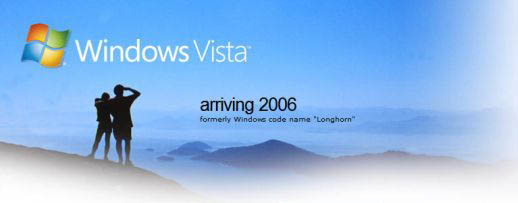|
|
 |
As is the case the second Tuesday of each month, today Microsoft will deploy the latest set of critical patches for your Windows XP operating system. These “patches” — as indicated in the latest Microsoft Security Bulletin — include critical system components and security fixes to keep those dastardly hackers out of your computer, and the regular monthly updated version of the Microsoft Windows Malicious Software Removal Tool. In order to keep your computer secure, it is necessary to download these updates at your earliest possible convenience.
What is that you say? You’ve set your Windows Update facility to download critical patches automatically? Well, according to Stephen Manes at PC World magazine, “Microsoft’s Automatic Updates service may be automatic, but it is definitely not instantaneous … The only way to ensure that you’ll get updates immediately is to surf to Microsoft’s Windows Update Web site and explicitly request them.”
According to a Microsoft product manager responsible for this stuff, up to five days may elapse before every PC with Automatic Updates turned on actually gets updated. There’s no way to know whether your machine is at the front of the line or the back; the only way to jump the queue is to head directly for Microsoft’s update site. It’s also the only way to collect “optional” updates, such as new versions of Windows Media Player, which never arrive automatically.
So there you go. You’ve got your PC security work cut out for you today.
Create a Windows CD for Your Computer If You Don’t Have One
Why many computer manufacturers insists on selling computers that require you to create up to nine recovery disks rather than selling you a computer that comes with a certified version of Windows, on disk, VanRamblings will never know (a word to the wise, never purchase a computer which doesn’t come bundled with an OEM copy of Windows).
If you’re one of those unlucky folks who are stuck with a computer without an available Windows XP OEM disk, help is at hand.
Lincoln Spector, writing in this month’s edition of PC World, suggests that you download Bart Lagerweij’s free Preinstalled Environment Builder to create a bootable Microsoft Windows XP installation disk. Having this self-made disk on hand is worth anywhere up to $300 to you, and may serve to rescue you from potential disaster should your Windows XP OS go on the fritz. Save yourself a world of heartache. Create the Windows disk if your computer didn’t come bundled with a standalone Windows XP disk.
